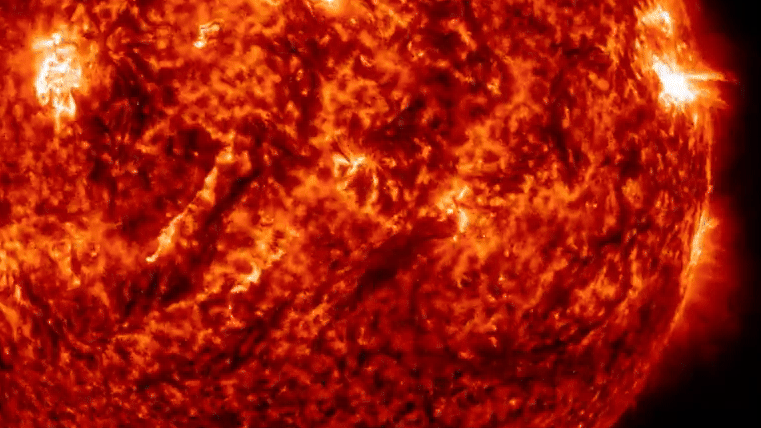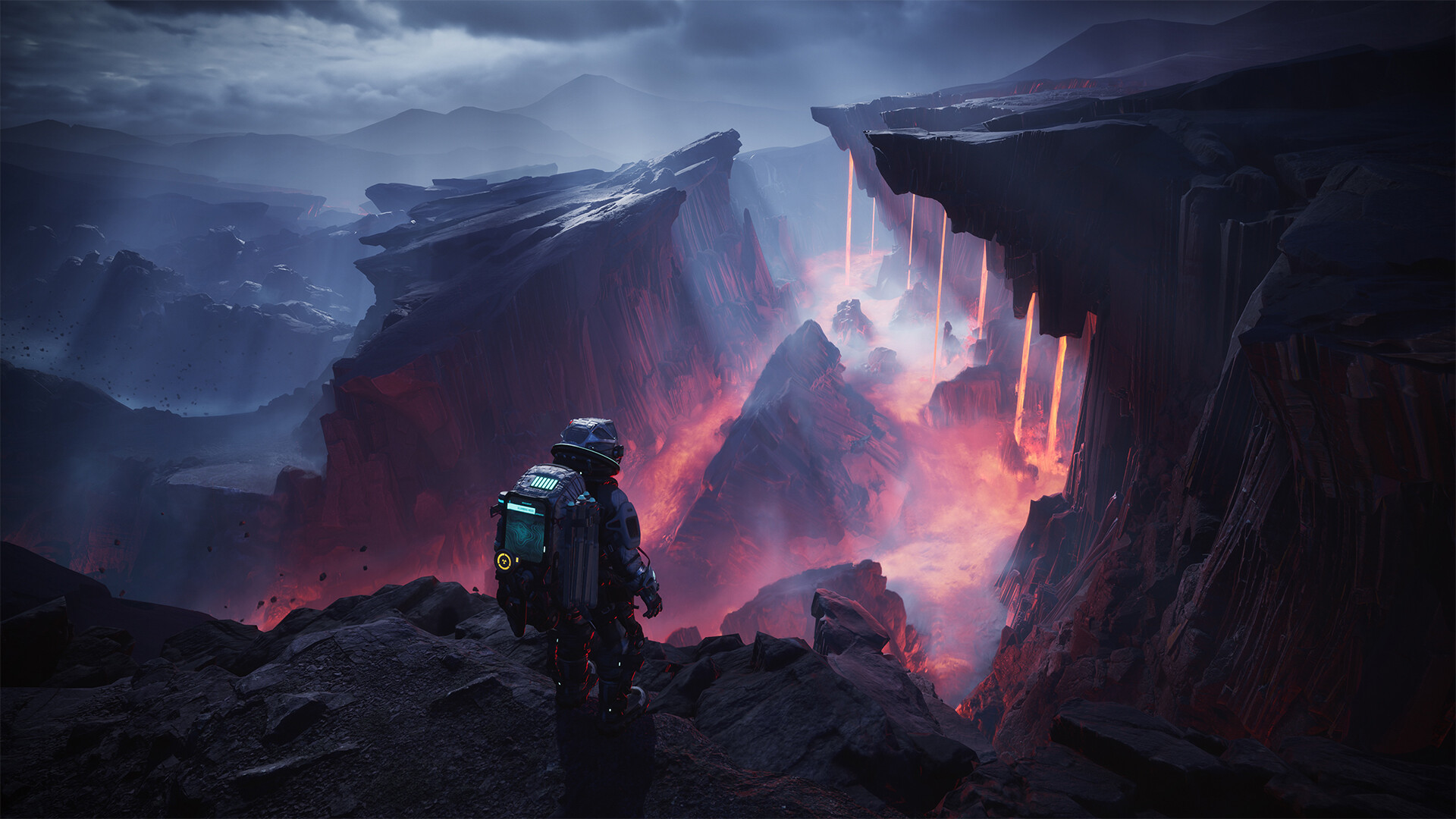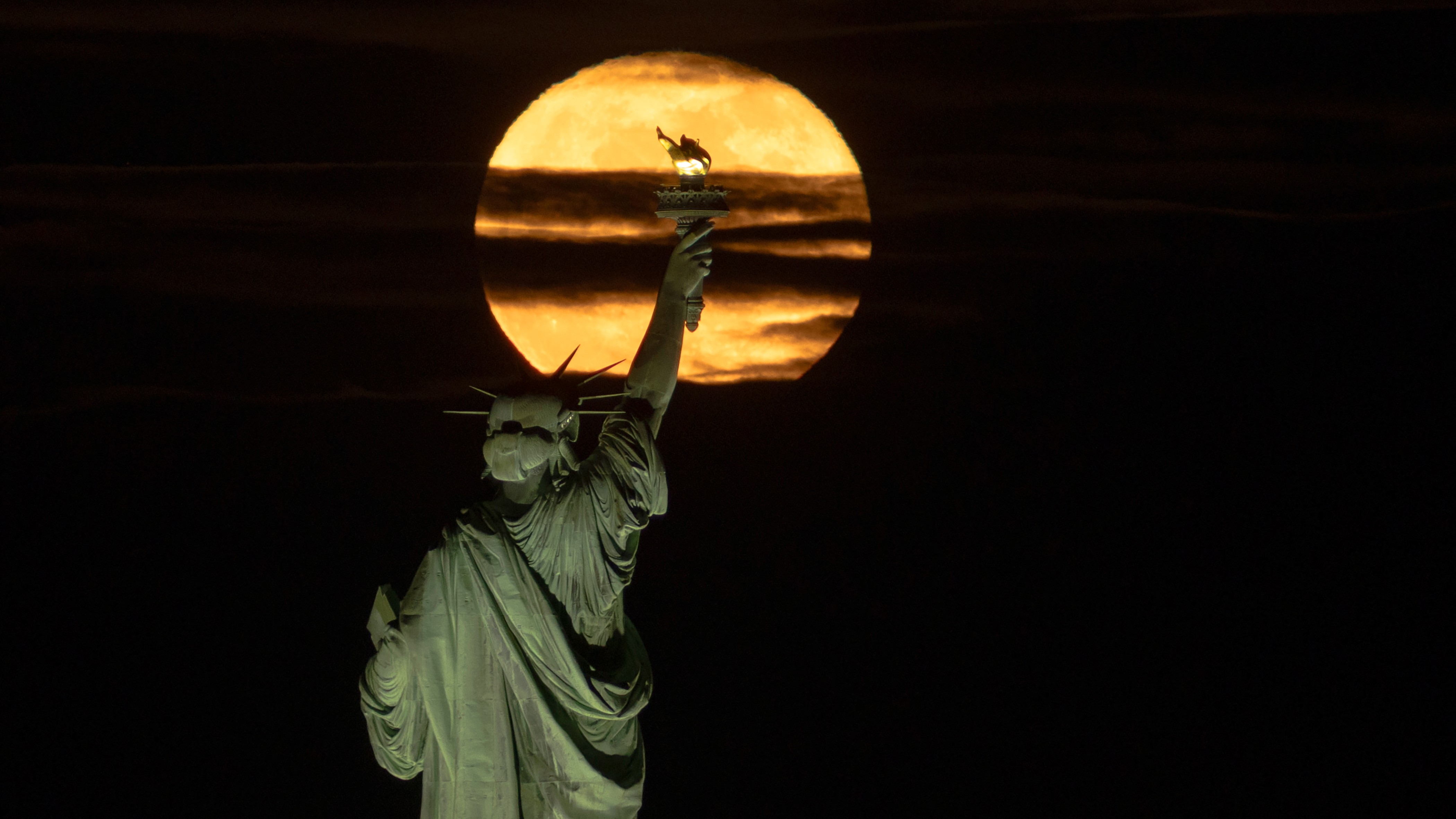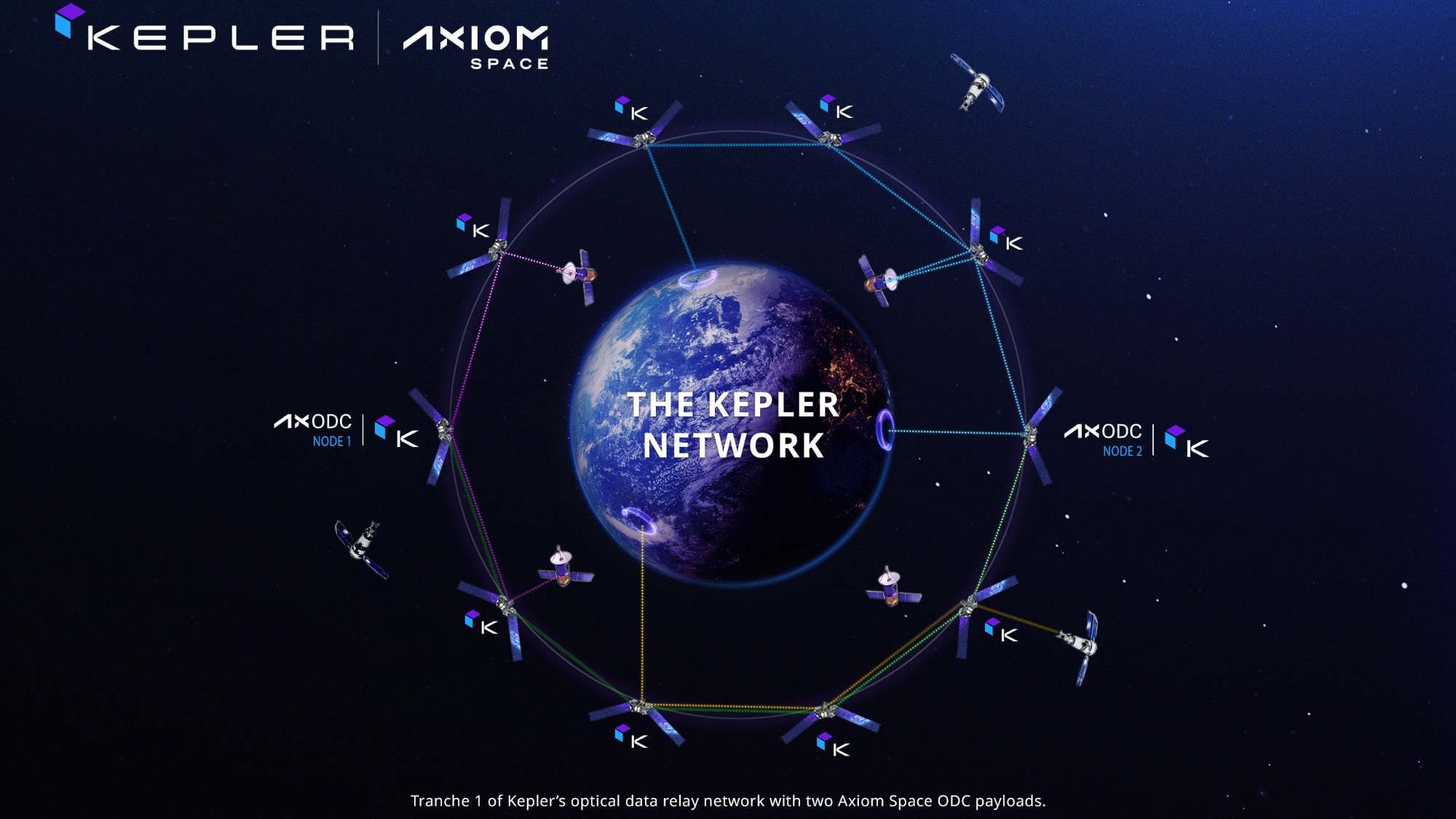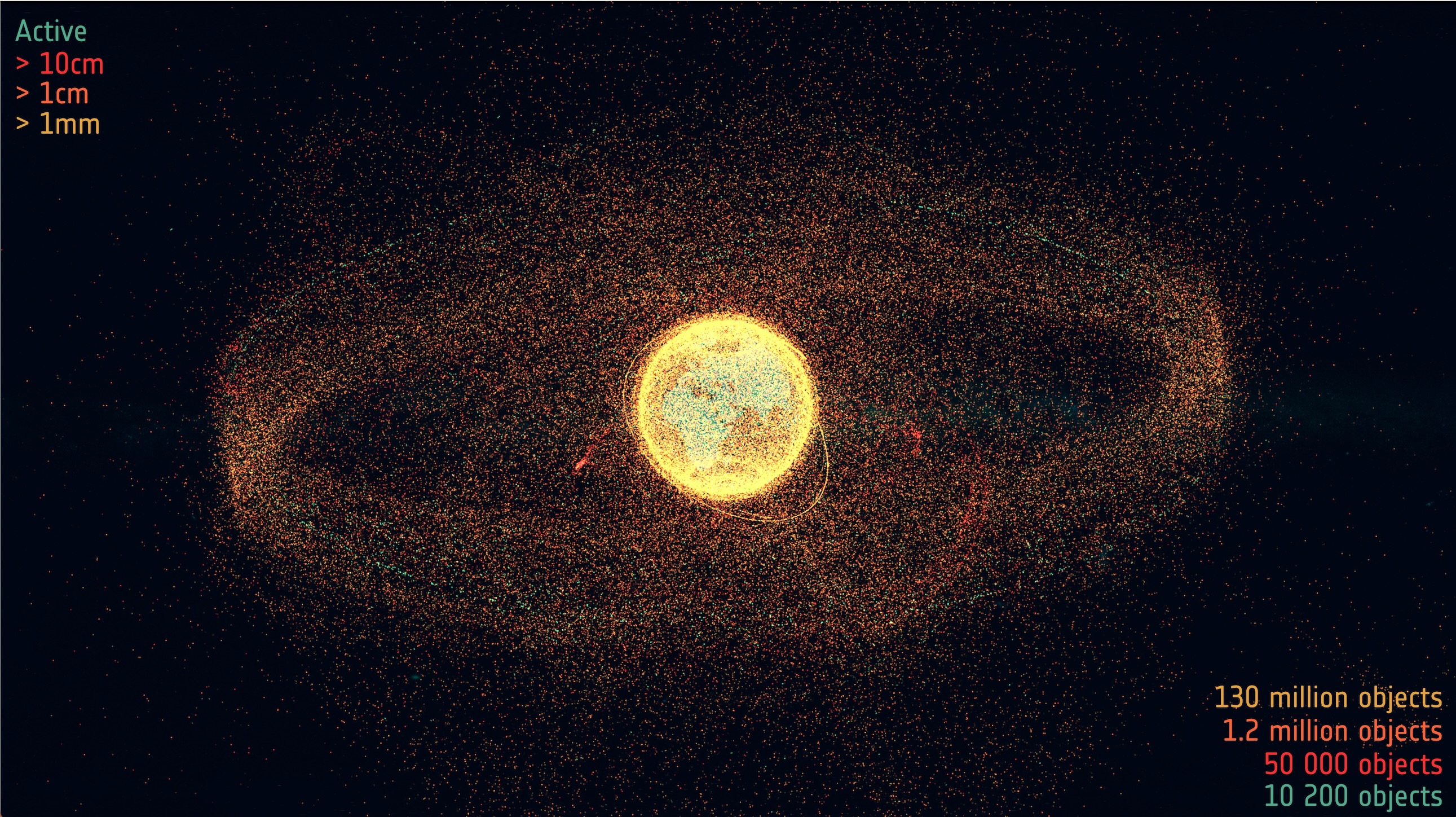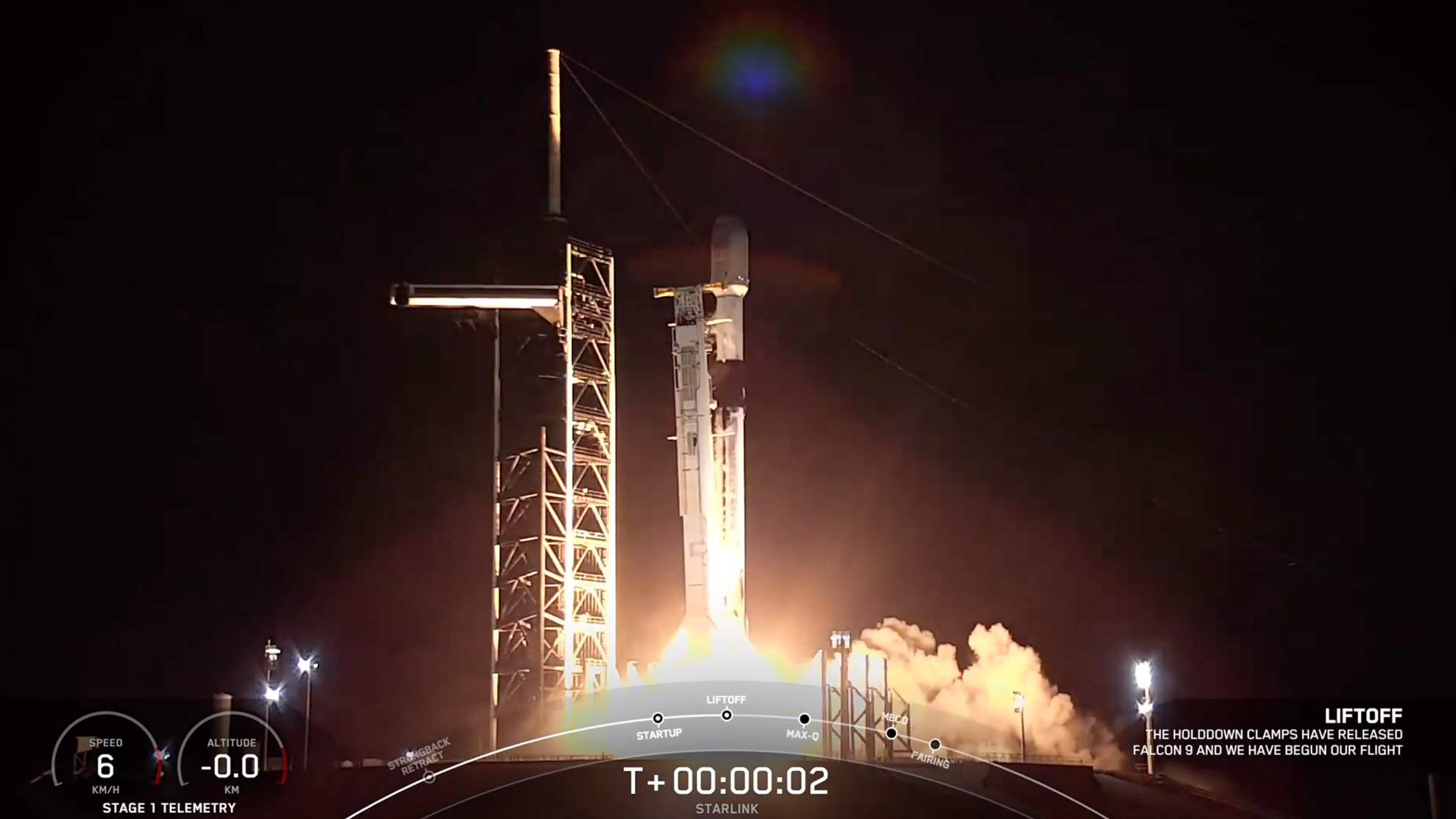Named for a Cookie, New Planet-Hunting Telescope Snaps 1st Photo (And It's Sweet!)
A Belgian cookie shares its name with a sweet new telescope project. No surprise, then, that the instrument's first image is a treat for the eyes.
The delectably named SPECULOOS project has achieved first light, according to a statement released Wednesday (Dec. 5) by the European Southern Observatory (ESO).
SPECULOOS is the abbreviation of Search for Habitable Planets Eclipsing Ultra-Cool Stars. Known collectively as SPECULOOS Southern Observatory (SSO), the project consists of four telescopes at ESO's Paranal Observatory in the arid, clear-sky region of northern Chile. SPECULOOS will watch for dips in brightness around ultracool stars, as these dips are signs that a planet may be passing in front of a star. It's something like the way the moon causes dimming when it occasionally eclipses the sun.
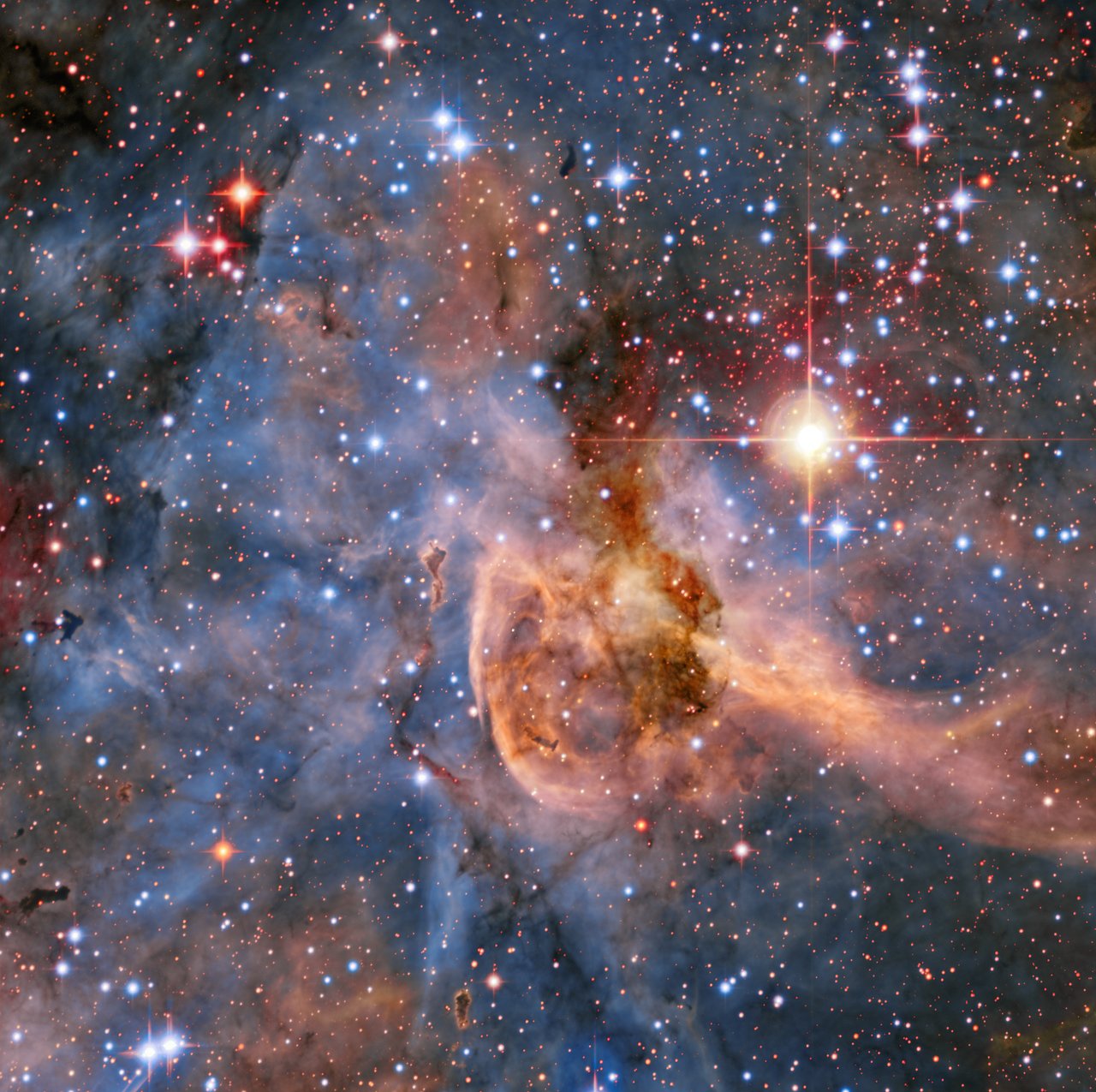
Speculoos cookies are spiced, short-crust biscuits from Belgium, which is where the project's lead investigator, Michaël Gillon, hails from. If the name rings a bell, that's likely because Gillon was the lead researcher in the discovery of the TRAPPIST-1 system, which is made up seven rocky planets, some Earth-size and potentially friendly to life.
Whether cookies or telescopes, both types of SPECULOOS provide amazing sensory experiences. Hauntingly beautiful wisps of cosmic dust and gas weave through the scene in SSO's first image. The Dec. 5 image features a stellar nursery known as the Carina Nebula.
This image was part of SSO's commissioning phase; real scientific operations begin in January 2019, according to the statement.
By staring at small, ultracool stars, SPECULOOS's highly sensitive instruments have a good shot at detecting Earth-size planets in stars' habitable zones, researchers said in the statement. Until now, only a few exoplanets detected by spotting them passing in front of a star, called the transit method, have been Earth-size or smaller. Only time will tell how SPECULOOS will affect habitable-world astronomy.
Get the Space.com Newsletter
Breaking space news, the latest updates on rocket launches, skywatching events and more!
Follow Doris Elin Salazar on Twitter@salazar_elin. Follow us @Spacedotcom, Facebook and Google+. Original article on Space.com.
Join our Space Forums to keep talking space on the latest missions, night sky and more! And if you have a news tip, correction or comment, let us know at: community@space.com.

Doris is a science journalist and Space.com contributor. She received a B.A. in Sociology and Communications at Fordham University in New York City. Her first work was published in collaboration with London Mining Network, where her love of science writing was born. Her passion for astronomy started as a kid when she helped her sister build a model solar system in the Bronx. She got her first shot at astronomy writing as a Space.com editorial intern and continues to write about all things cosmic for the website. Doris has also written about microscopic plant life for Scientific American’s website and about whale calls for their print magazine. She has also written about ancient humans for Inverse, with stories ranging from how to recreate Pompeii’s cuisine to how to map the Polynesian expansion through genomics. She currently shares her home with two rabbits. Follow her on twitter at @salazar_elin.




